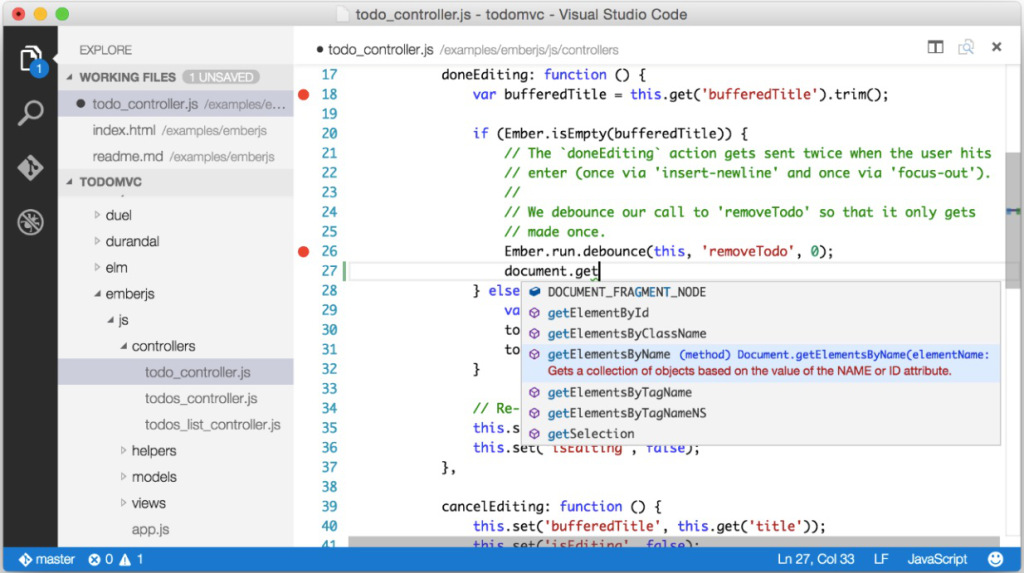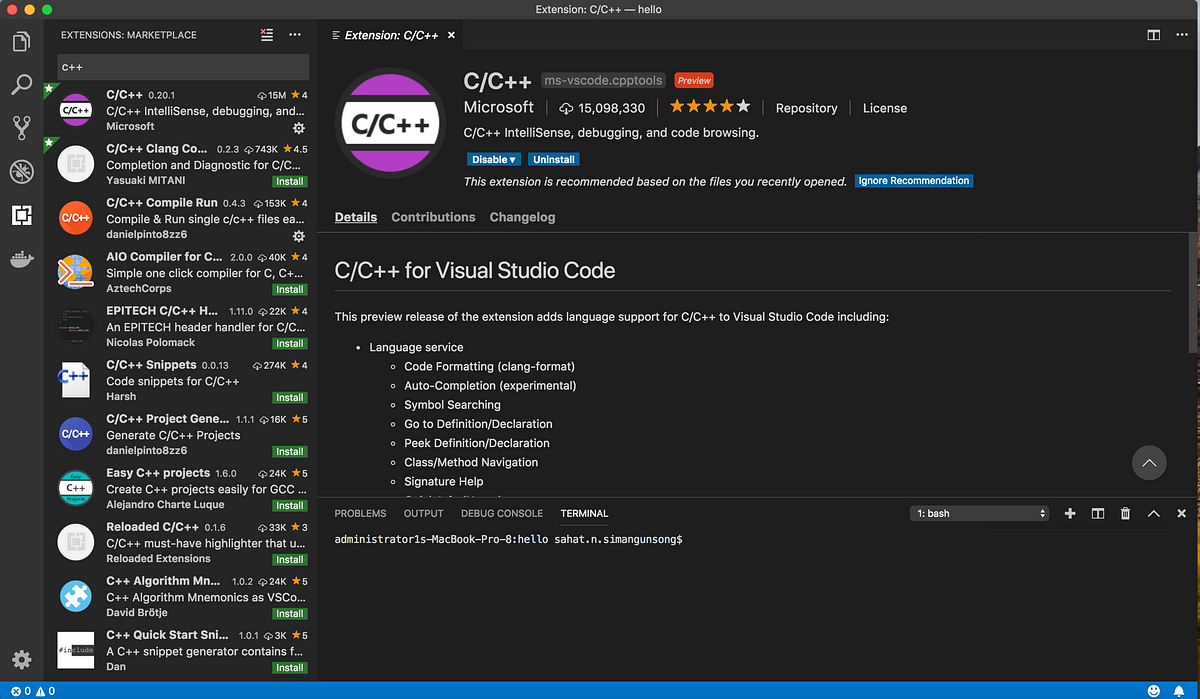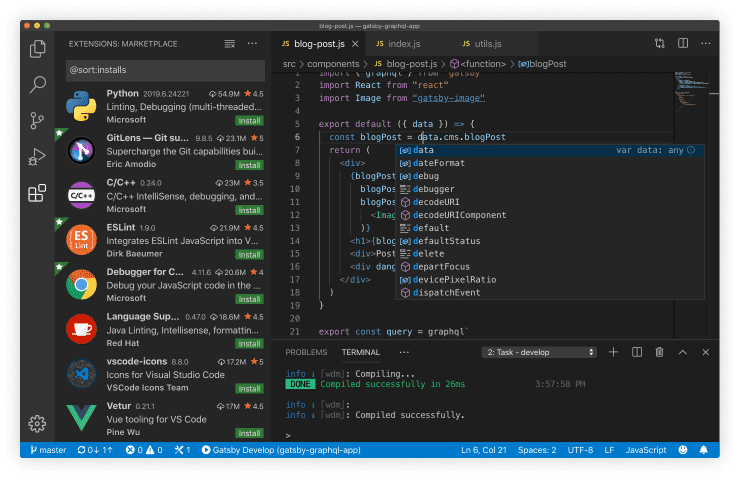

However, there is a way to make new projects in VS Code. As such, it is not able to provide adequate scaffolding for new projects on its own. The basic design of VS Code is that of a text editor, which uses your file system to browse for existing files to edit and compile. VS Code doesn’t use the usual “File > New Project” dialog method, which IDEs commonly use to start developing new projects. We’re here to help and to explain how to use VS Code to create and manage new projects.

But those who wish to just install the M1 (or Intel) version of Code can do so as well.However, some users who have grown accustomed to Integrated Development Environments (IDEs) might have a few problems setting up VS Code to their liking. That is, they shouldn’t have to uninstall Visual Studio Code and then reinstall it. It’s not entirely clear, but I believe that users with M1-based Macs who update Visual Studio Code will simply get the Universal version of the app, which works natively on both M1- and Intel-based Macs.

Microsoft highlights the following updates in this release: This update increments Visual Studio Code to version 1.54.

Thanks to the community for self-hosting with the Insiders build and reporting issues early in the iteration.” “Users on Macs with M1 chips can now use VS Code without emulation with Rosetta, and will notice better performance and longer battery life when running VS Code. “We are happy to announce our first release of stable Apple Silicon builds this iteration,” Microsoft explains. The February 2021 release of Visual Studio Code brings several new features to Microsoft’s modern code editor, key among support for M1-based Macs.


 0 kommentar(er)
0 kommentar(er)
